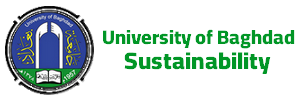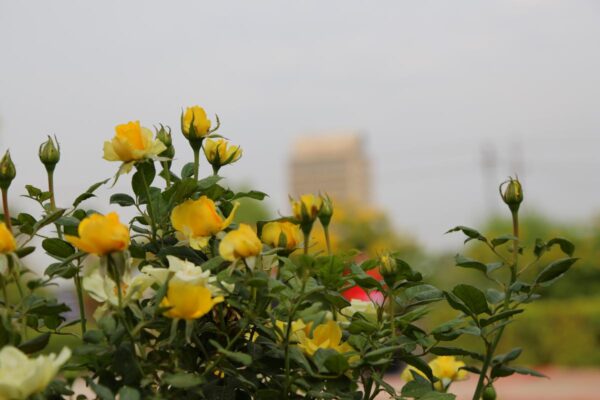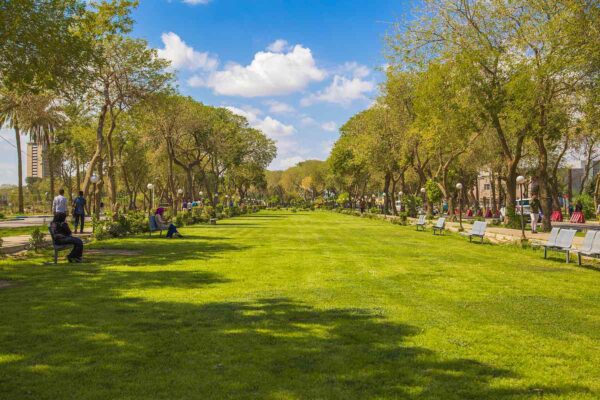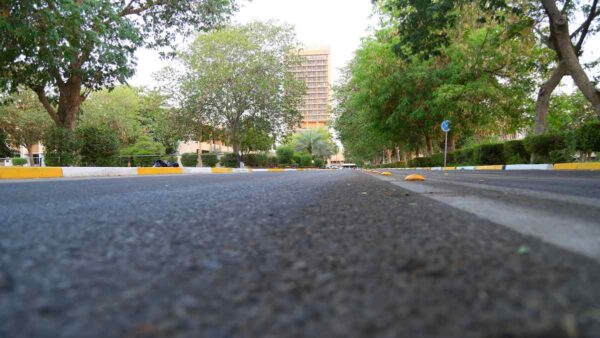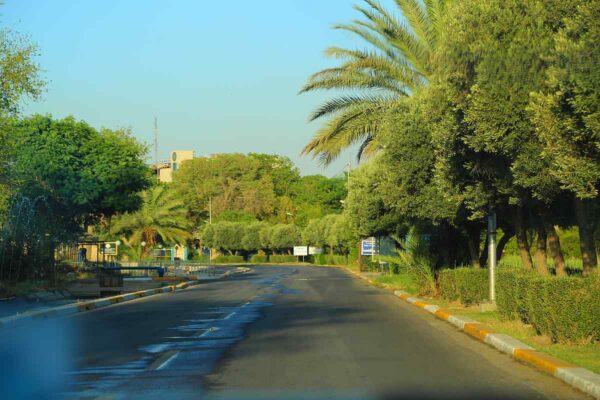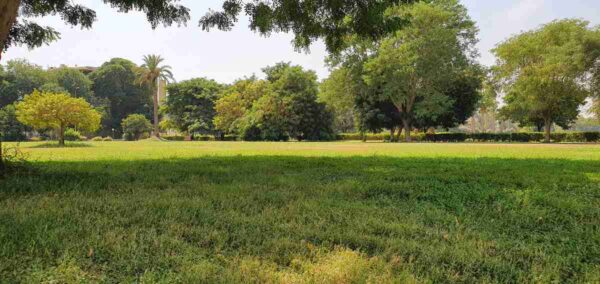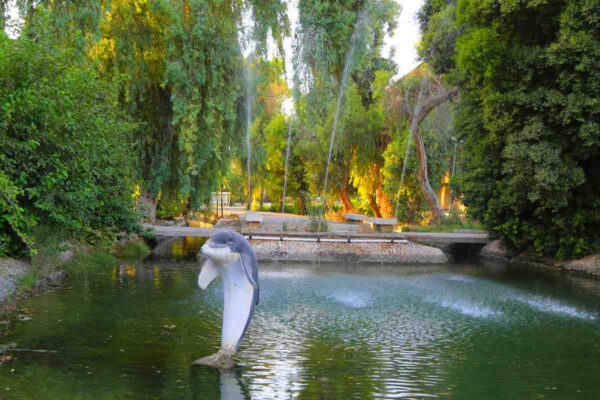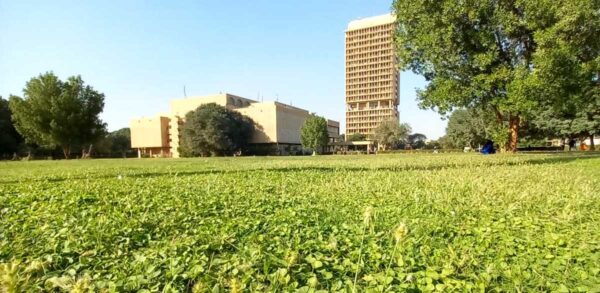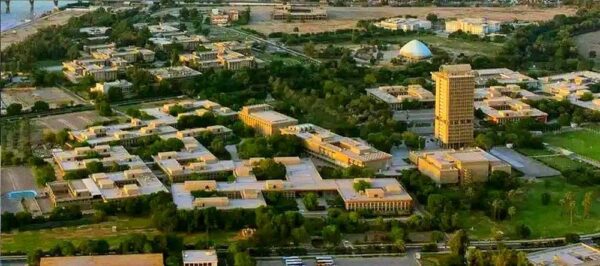Green spaces are very important elements in the urban environment. This is because they are considered a lung and an outlet for students. They further help to reduce the psychological stress for students and work as a place that achieves comfort, prevention of air pollution, and improvement of climates. Further, plants work to reduce the percentage of carbon dioxide present in the atmosphere and emitted from vehicle exhausts and industrial wastes and to increase the percentage of oxygen. Green spaces are also considered a place for walking and recreation, away from the noise of the city. They enhance the environmental and biological diversity and help to enjoy their aesthetic value in the outdoor spaces, such as trees, shrubs, herbaceous plants, climbers, green spaces, and others, enhancing ultimately the academic life experience. In this vein, the University of Baghdad attached great importance to green spaces. Statistically speaking, the cultivated area in the university reaches 7,971, 685 square meters, which is equivalent to 75% of the total area of the university, including low plants, grasses, ornamental plants, and climbers. These green spaces include a 1945306 percentage of high plantings, such as trees that work as natural air purifiers.
